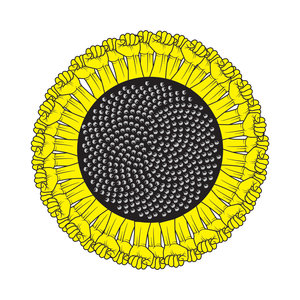From Seed Room to Showroom, An Eyewitness Account of My Last Post
In my previous post, Big Boxing the Seed Collector, A Slight Time Line, I painted a time line with some very broad strokes. One of those strokes, about how Levittown, NY and the start of preplanned suburban communities, laid down a line that my family followed. In 1965 there were race riots in south Philly at a high school there. South Philly is the southern area of Philadelphia, PA where my family was living. The suburbs beckoned. My father made the decision to move his family out of the city. It just so happened that a friend of his knew of this community that was being built in southern NJ. It was a complete community. Three styles of houses for families to choose from, a elementary school, a playground, a tennis court, a community pool, a golf course, an apartment complex and a very small mall of 5 small stores, and anchor in the form of small convenience store.
Our community was the third to be built in this township, and too many more were planned. We were out in the country. While our community was built on a old farm, there was plenty of farms left that still needed supplies. Orol Ledden and Sons was in the next town over, and was a place that local farmers got their supplies and traded stoories in the Seed Room. Yes a Seed Room. And a rather large one.
There were rows and rows of drawers along two walls that were the equivalent of a card catalogue in library. There were wooden barrels full of onion sets, and a large counter with a scale. Now imagine a wide-eyed and curious kid in a room that was treasure chest full of seed packages and seed sets, along with farmers talking about their crops. It was a great place. I loved being there. I was fortunate to have experienced this as young child because as I grew up, so did the suburbs. And the seed room was turning into a storage area.
There was rapid growth in the area in which we lived. Farms went to the highest bidder. Fields of crops turned into cookie cuter plots of suburban culture. Barrels of onion sets turned in prepackaged bags of grass seeds. The drawers, which had seed packets on the front of them to identify their contents, slowly lost their identity as the need for seeds turned into a demand for seedlings to plant.
It was a sad process to watch, but what could a former city kid do? After all, I was there because of the the dynamic that was changing Leedens on the local level, and the massive, national shift in social living. The experience I lived and witnessed, started about 15 years after the broad strokes that I painted the time line with. The canvas of the time line was the life that I was living.
The seed room is now a showroom for carpets, and hardwood floors. It's an appropriate metaphor for what Vanishing Feast is all about.
